eCommerce SEO Tips To Tap This Year!

Featured Image: Freepik.com/rawpixel.com
Do you instantly trust the websites that are displayed in the first-page search results of Google? The answer to this might be, yes. How many people actually visit the second page or look through more than ten results? Very few.
When it comes to Millenials or Gen Z consumers, they just stick to the top search results and browse through them to find the best solutions. The websites that rank highly can attract their attention and draw higher traffic as well. This is where search engine optimization plays a huge role for online businesses or web pages.
What to Know about SERPs and SEO
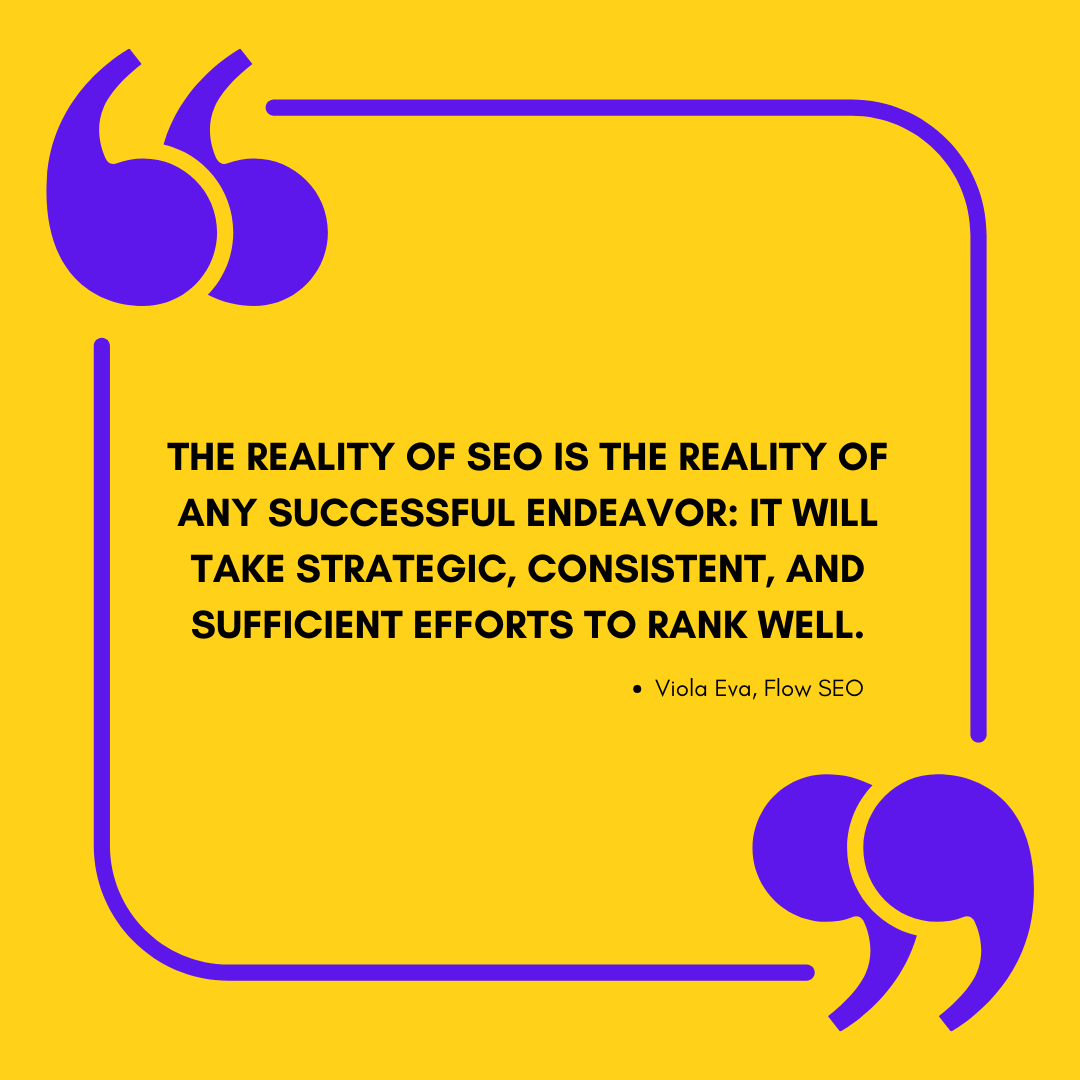
Most brands today are investing in SEO as part of their marketing and branding strategies. One of the first things, to begin with, is your web design. It’s a good idea to create an eCommerce platform that is user-friendly and represents the industry or niche accurately. However, focusing on a niche is an essential aspect of SEO for your eCommerce store when it comes to selecting a platform. This will be at the center of your SEO strategy. Let’s take a look at how much organic traffic most pages on Google attract from consumer searches.
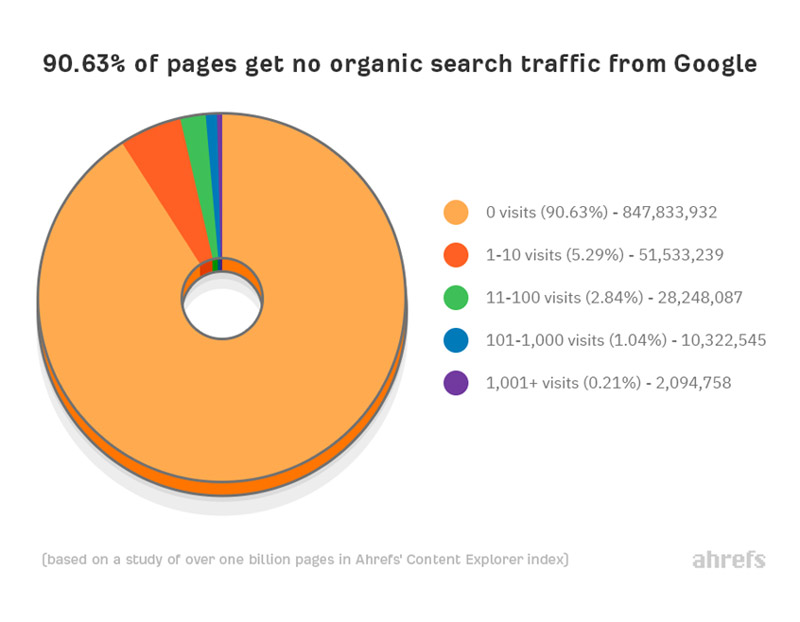
Image Source: ahrefs.com
Once, you have set up the website, you can start working on your strategy to increase ranking in the SERPs (search engine result pages). There are new guidelines introduced by search engines like Google regularly. For instance, over the last year, video marketing and voice search optimization have become crucial factors for a high-ranking website.
To help you boost the visibility of your platform or e-store, here are some great eCommerce tips to tap this year!
1. Invest in UX Design
This is a highly useful tip that can help increase the ranking of your eCommerce business in a short time. Today, user experience is more important than any other element on the website. It’s one of the biggest reasons why potential customers would choose to shop from your business than the competitors. The search engine checks the website for the following three user-focused elements:
- Interactivity
- Loading speed
- Responsive design
These are all UX elements that you need to invest in when launching your eCommerce website. By doing so, you can also improve the user experience for visitors and attract higher organic traffic. Investing in UX design is one of the first steps that you can take toward optimizing the website for a search engine like Google. When it comes to UX, you can consider the example of Burrow’s website.

Image Source: burrow.com

2. Optimize Internal Links
It is another great tip that you can tip into this year! Internal and external linking is crucial for a high ranking in search result pages. It’s how the website establishes credibility and authority. Before anything else, you need to pay attention to the number and quality of the internal links on your eCommerce platform.
Internal link optimization is an excellent way to boost the position of a web page without making a lot of changes to the content or visuals. You can use different tools such as Google Analytics or Search Console to run a check on the links within the website. It allows you to find out how visitors are interacting with them and identify broken ones too. This can help with the optimization of an internal link.
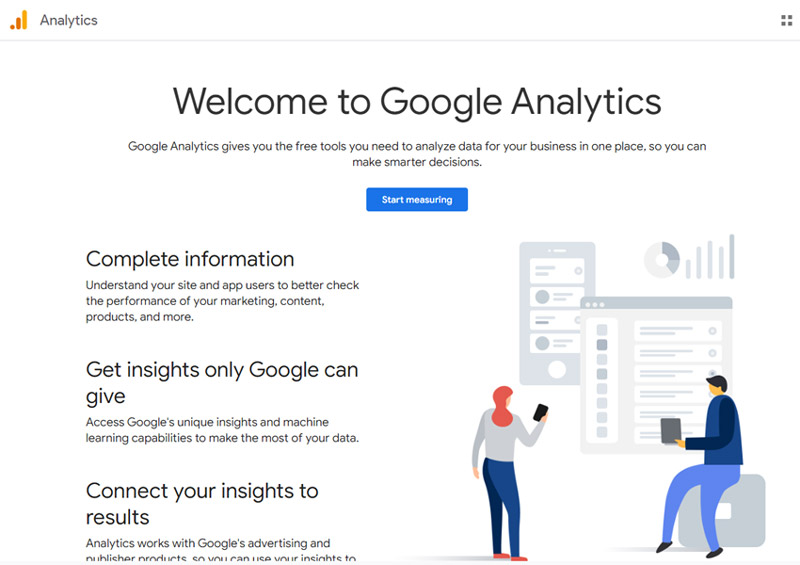
Image Source: analytics.google.com
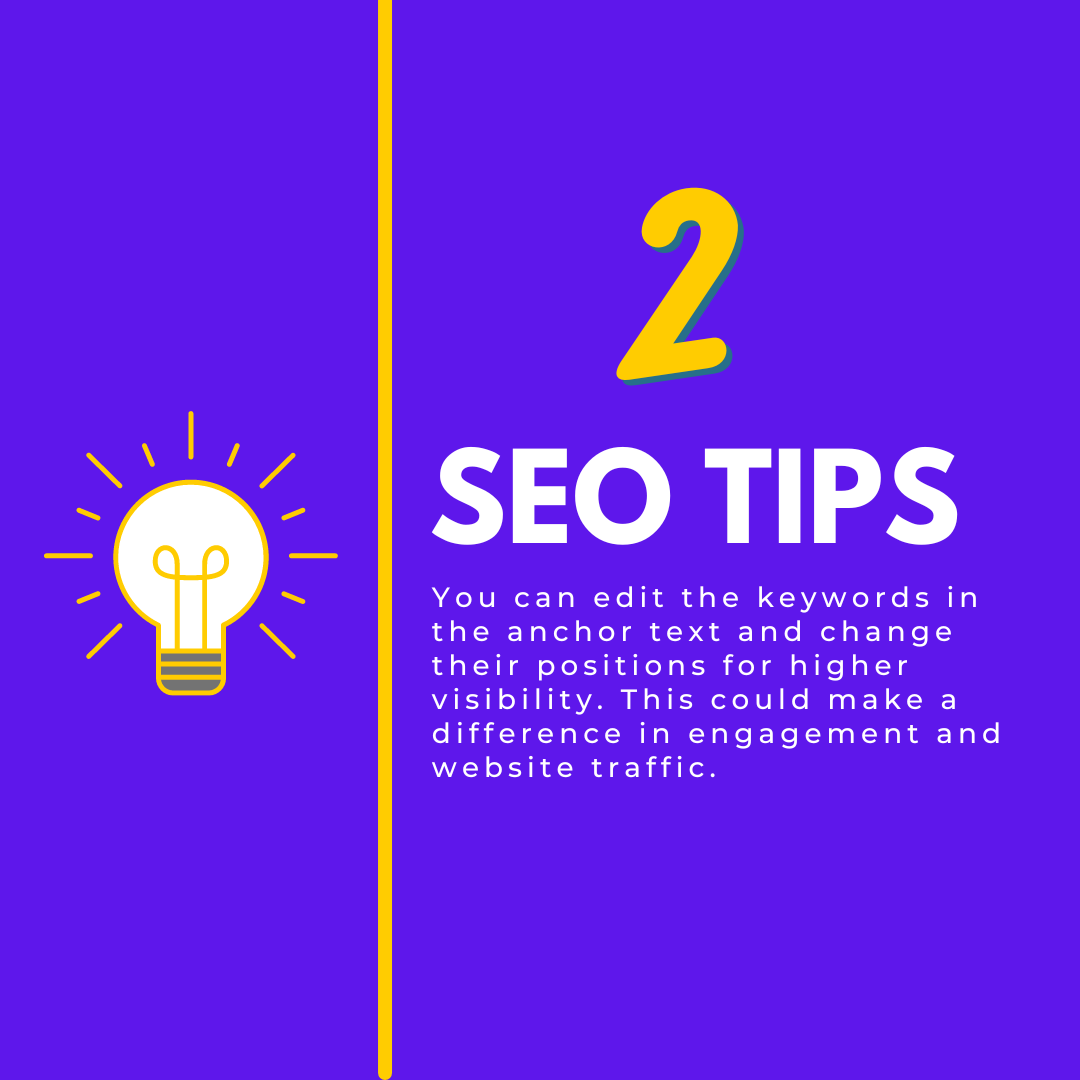
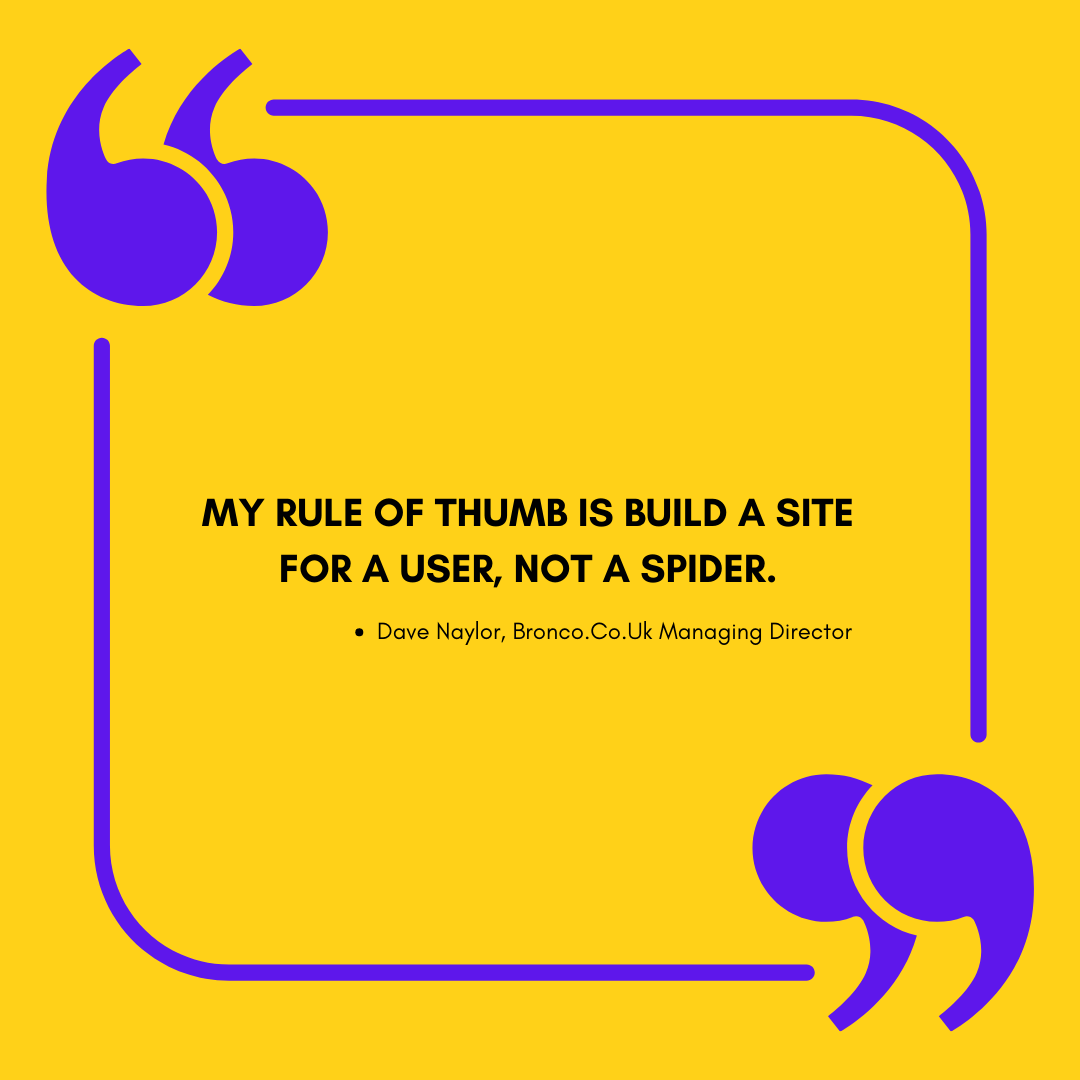
3. Create An FAQs Section
Many business owners may be surprised to know that FAQ schema can play a huge role in search engine optimization. Google, for instance, can showcase your website in the answers to popular questions that are included on the search pages. So it’s a good idea to have an FAQ section on the website or across different landing pages.
This allows you to increase visibility and feature in the results quickly. The search engine highlights relevant content that solves a common problem for the audience. Once it detects that your website has the information, the algorithm directs visitors to that page for further details.

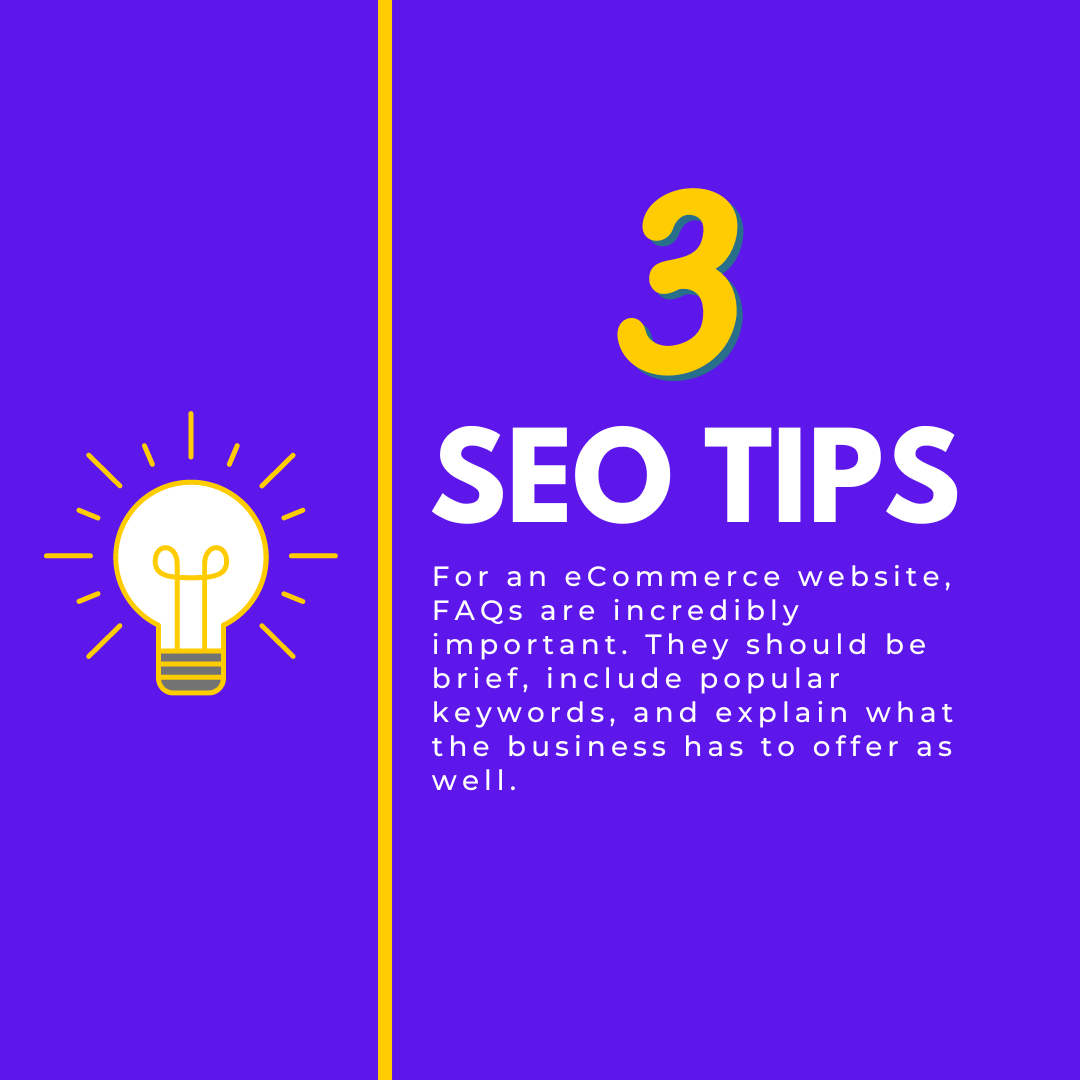
4. Edit Title Tags
A few years earlier, Google announced that it was rewriting titles for many websites. This led to some businesses losing visitors quickly. The search engine makes changes to titles that might be too long or have confusing words and terms. It also rewrites the ones that are very short and do not meet the requirements.
In the eCommerce industry, this can have an impact on your revenue and sales. Your website may end up with a lower ranking in the search results and people may move toward the competitors.
To avoid this, it’s essential to edit the titles and make sure that they represent what people will find on the page.
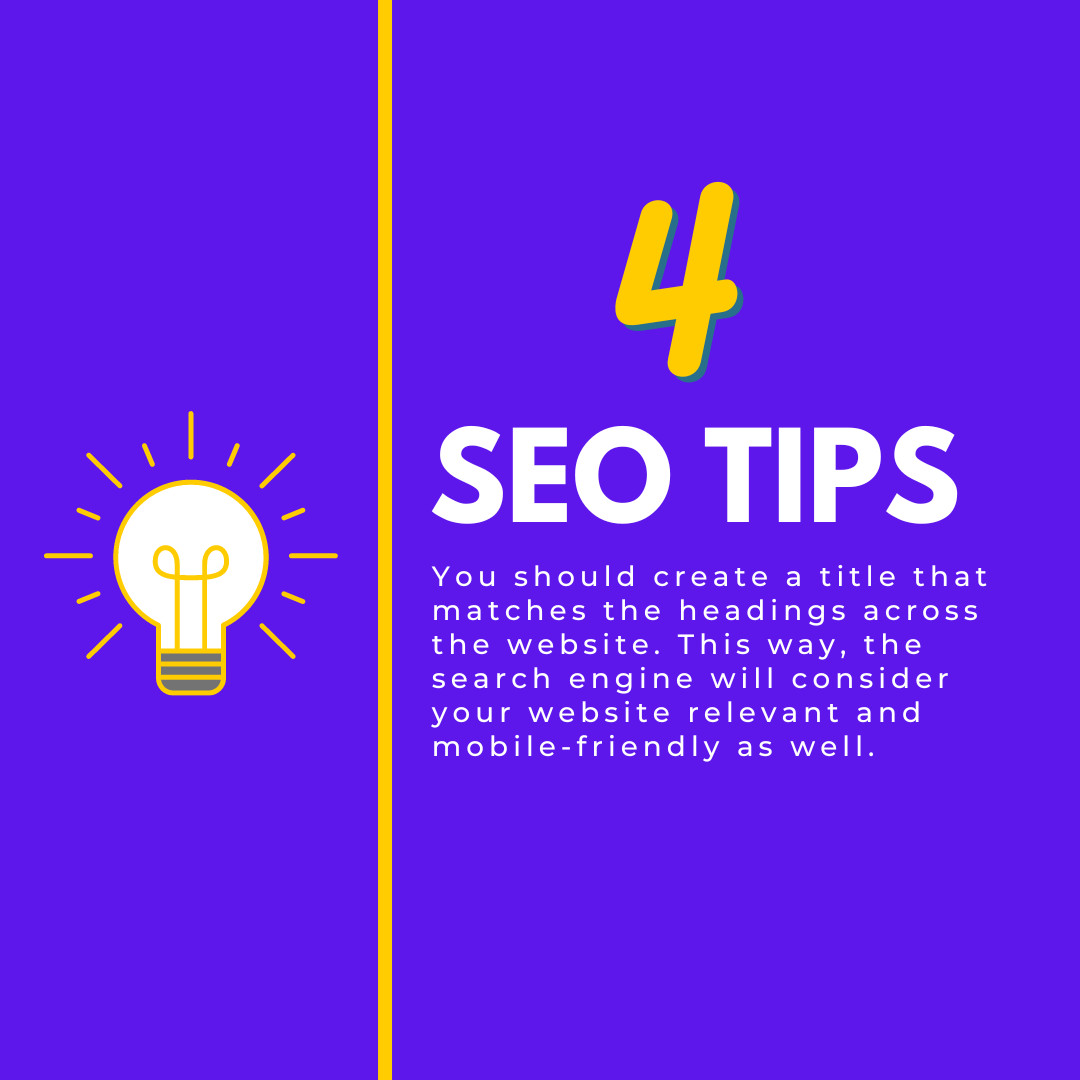

5. Rank on Google Discover
This is an AI-powered platform that has been launched by the search engine. It allows people to browse through the latest news or developments in various industries. Google Discover features topics that people might have searched for previously. So it includes articles and blogs that match their interests or preferences.
Now, this tool focuses on engaging content or news. To get your eCommerce website on Discover, you need to produce or create articles with valuable insights or information. If the platform picks up the blog post or press release, then it may direct people to your web page. This could help you engage a wider audience and attract higher traffic in a short time.
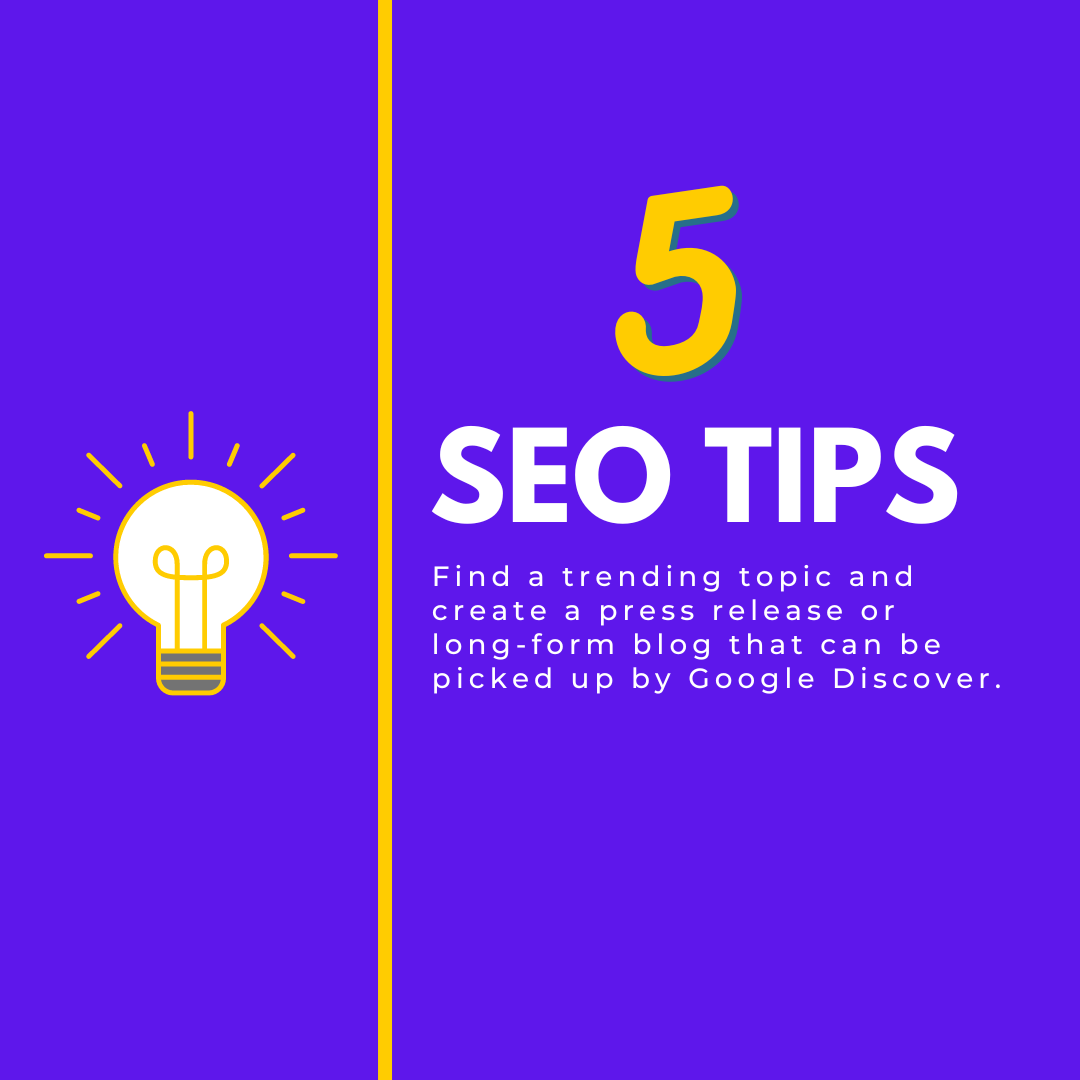
6. Add Long-Tail Keywords
Now, this might be one tip that you may already be familiar with. This year, this is still quite relevant as consumers are getting more and more specific with their searches. Long-tail keywords can help you optimize your website for the top ten rankings with minimal investment.
For instance, if you have an eCommerce business that sells athletic wear, you can just add something like ‘quick dry’ or ‘breathable’ before the main keyword.
This way, your website can rank among the first page results of both the terms and convert more leads as well.
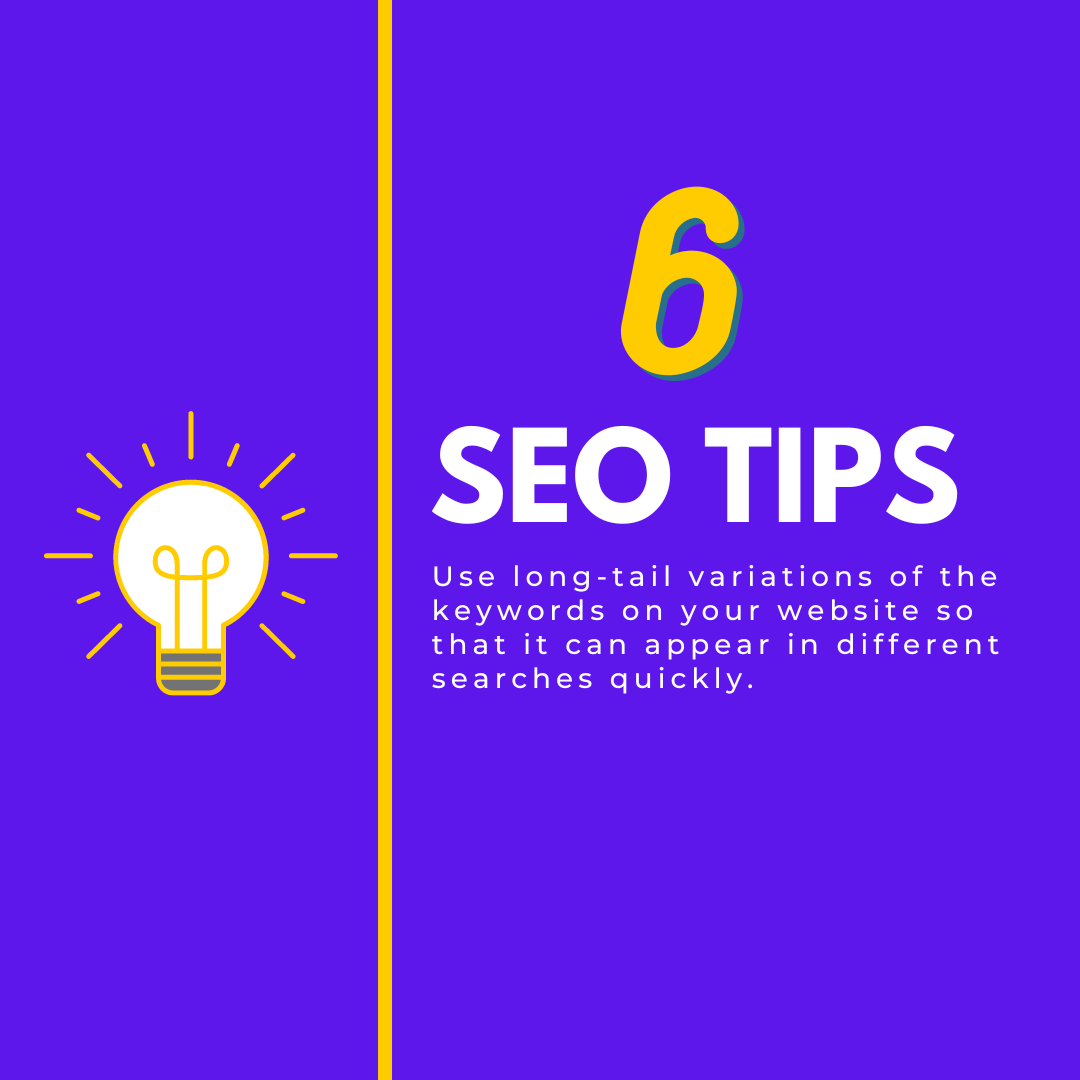
7. Learn about Entity-Based SEO
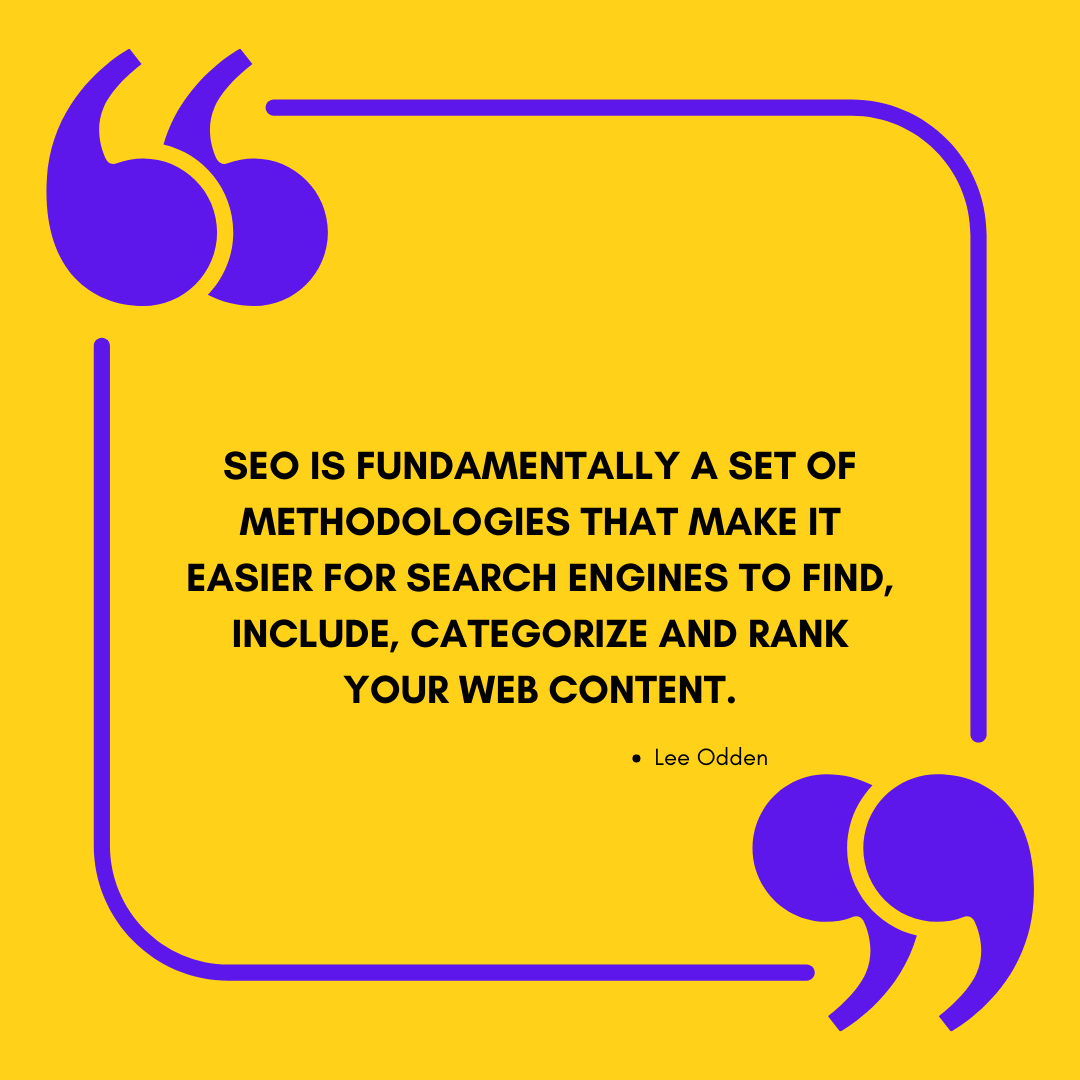
It is a simple SEO strategy that is becoming quite popular with marketers. This basically connects all your content under a single entity and allows people to find exactly what they are looking for. When consumers search for a term, they may see different options related to it. Some of them might not even be relevant to their searches. Take the example of the keyword, beach, here. If not specific, people may see various options that match the term such as beach wear, beach accessories, or beach resorts. To make sure that your target audience finds your website, you need to add the right context to it.

8. Analyze Competitor Content
This is another great tip that could work well for search engine optimization. In the beginning, you can use a tool like Ahrefs to run a competitor analysis on content that gets high traffic. The platform can show you which keywords are features on competitor blogs and websites. This way, you can find ideas for creating blogs or articles that can improve the ranking of your eCommerce platform and boost engagement as well.
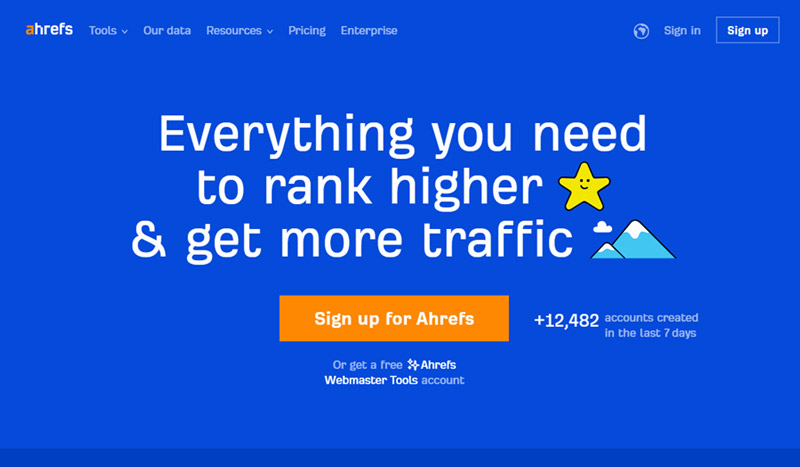
Image Source: ahrefs.com
Keep in mind that your content should be unique from what other businesses are creating in your industry.
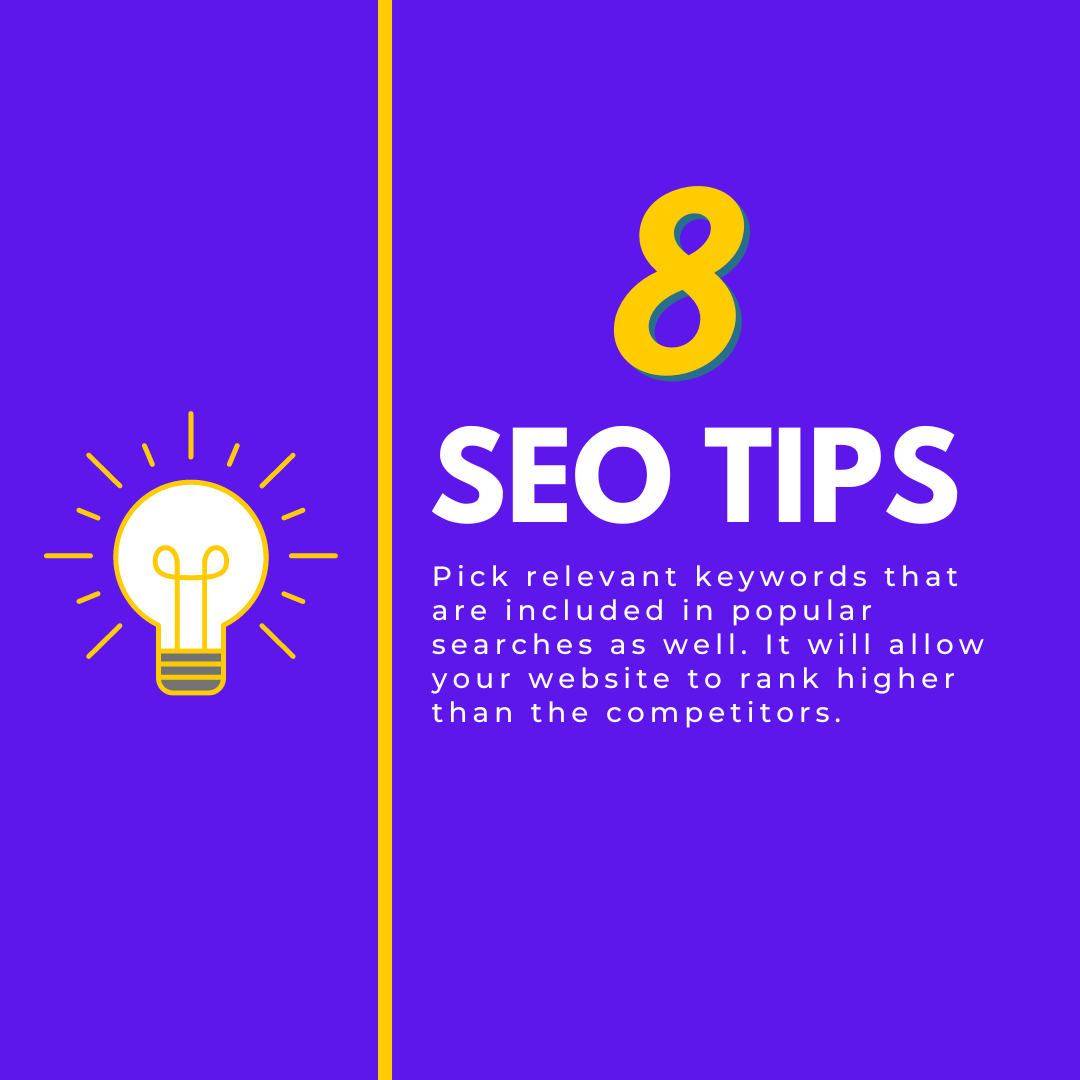

9. Remove ‘Fluff’
Today, most people are not interested in going through chunks of text or repetitive information. This is considered fluff and can have a negative impact on the visibility of a website. Google also removes it from title tags automatically. It’s a good idea to test your website before launching the platform and get an idea of how people are reacting to the content on different pages.
This will help you remove the ‘fluff’ and include only important details or descriptions.It also helps people find answers to their queries quickly. Avoid introductions that are too long or tell a story where it might not be needed.
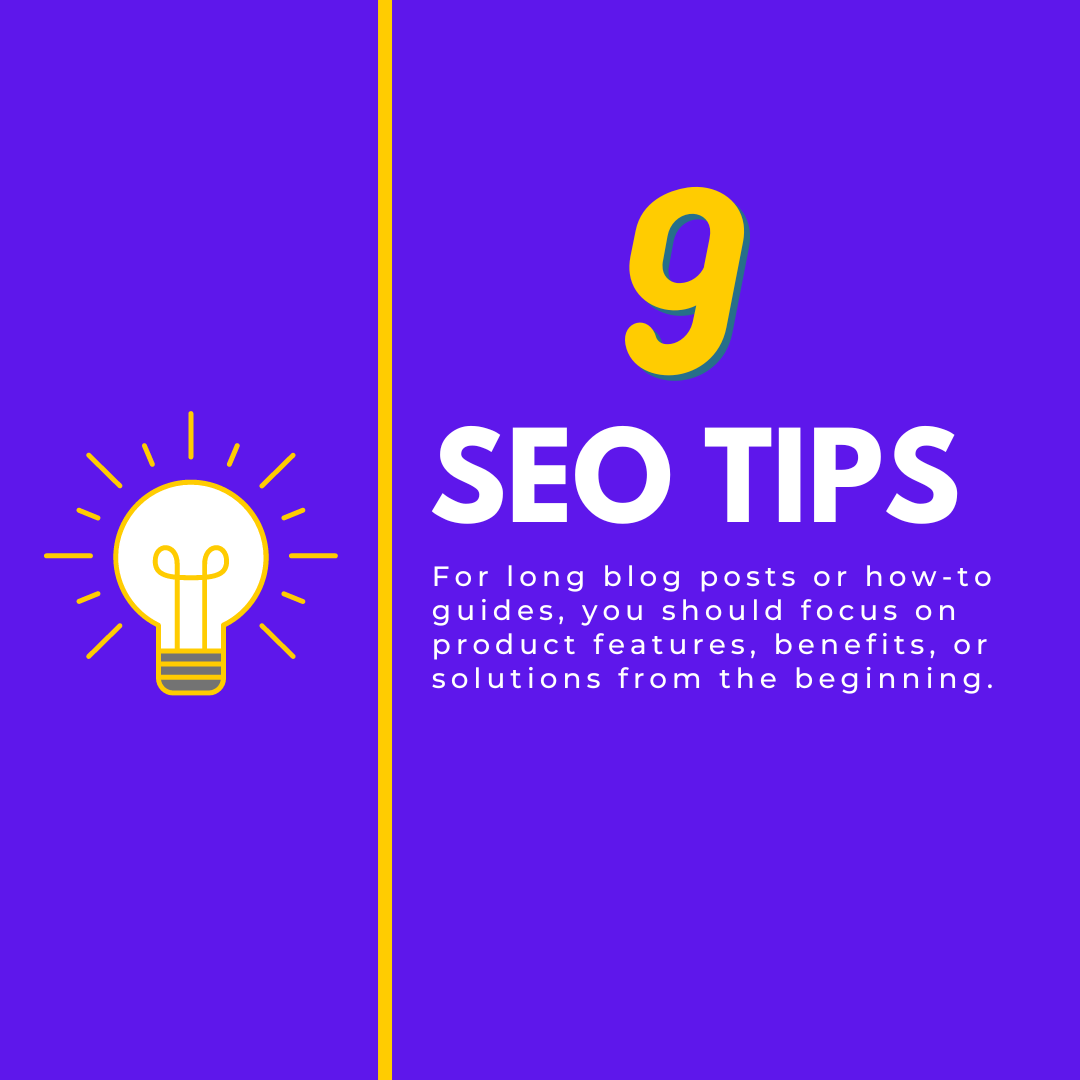
10. Design A Scalable Favicon
Many people are not aware of how the website favicon can help improve its ranking. Google immediately boosts the position of web pages in its search results that are responsive or mobile-friendly. When people are browsing through the search results on smaller screens, an attractive favicon can instantly catch their eye.
Whether you launch a logo design contest or hire a professional designer, make sure that your brand symbol is versatile and easy to identify on mobile devices.
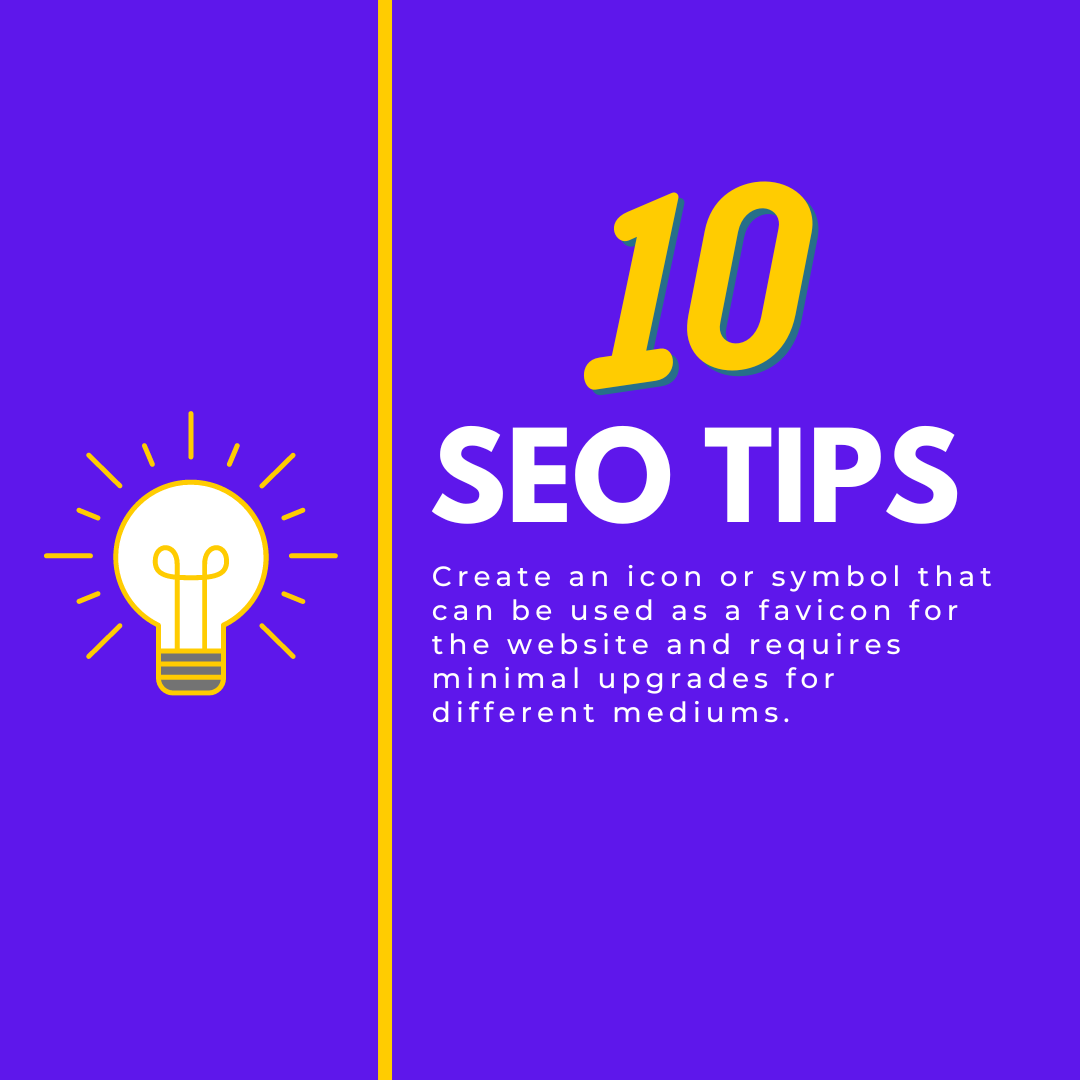
Wrapping Up
These are some excellent eCommerce SEO tips to tap this year. If you are looking to create a website that ranks highly in SERPs from the beginning, you should keep of few of them in mind. You can also revamp the website or optimize the content for better visibility.



